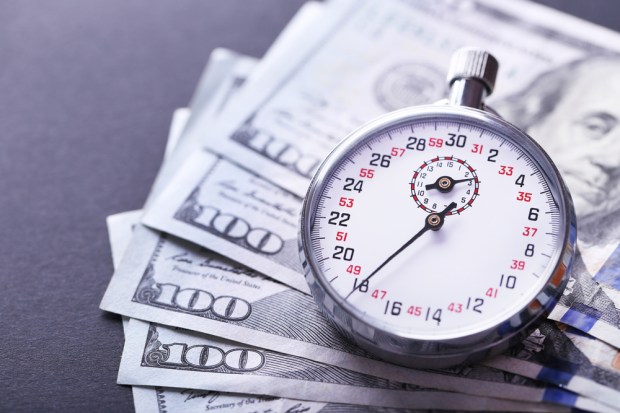The Trickle Down Theory Of Push Payments

What will it take to save the trees? To cut out the cutting of checks? In a long-running series, Ingo Money CEO Drew Edwards has delved with PYMNTS’ Karen Webster into the lures and values of push payments, where money is moved directly onto users’ cards and accounts, on demand.
The recent Disbursement Satisfaction Index shows that the table is set for push payments to expand and chip away at traditional, slower payment methods.
In the latest research tied to the index, conducted jointly between Ingo Money and PYMNTS, only 4.4 percent of consumers said checks represented a satisfactory payment method, while 75 percent of respondents earning less than $60,000 annually who had used instant payments were “mostly or completely” satisfied with the experience. Overall, direct deposit earned 100 percent satisfaction rate, non-instant credit got 48 percent and instant credit garnered a nearly 72 percent satisfaction rate.
We are in the instant economy, said Edwards. Though it has always been important for people to get their money quickly, the emergence of mobile apps and services as a bundle has become ubiquitous. One can summon a ride-hailing service and pay the check for dinner, while said ride is idling at the curb outside the restaurant — no more calling a service and waiting for the taxi to arrive. The wallet never comes into play; the money quietly leaves the account and the driver gets paid at the end of the day.
“Maybe it’s not just generational; maybe it’s time for all these new companies in the gig economy to drive” the continued movement to modern disbursements, said Edwards. The only reason some of the big companies that have clung to the old paper check are changing their ways is because the new economy is transforming the game on them, said Edwards. Uber, Airbnb and others have made it so “we can just pull out our phones … and procure stuff instantly.”
For payments, then, the game has become “instant, not just fast.” Checks offer nothing in the way of convenience, he said, as they are neither “click or go” and are anything but a “tap away.”
The Disbursement Satisfaction Index points out that no consumer really wants to get a check — that the preferences are direct deposit and ACH, both methodologies that scored leagues above paper checks. “But it is my belief that if we do this survey anytime next year,” said Edwards, it “will be about instant payment, about choice, about ‘pay me this time to this account.’” Push payments to cards was highly rated given even the newness of the method.
The direct deposit method does not, in fact, work so well for people making their living in the gig economy, because they are used to working for several different people, sometimes all at once. “Push to card is as frictionless as direct deposit, and the switching costs are less because it is easier to change accounts,” he said.
Speaking of checks, pain points vary from vertical to vertical, from retailers to insurers, with the relatively slow paper check consistently frustrating consumers or — even worse — getting lost in the shuffle and sometimes never being cashed at all.
“(Companies) are giving them something they do not want,” Edwards told Webster. Vouchers for airlines have similar friction points for travelers, he said. Real-time push payments would help save the money that comes with having to account for and reserve funds for vouchers that may never be redeemed in the first place.
Why don’t firms adopt and adapt to push payments? Legacy systems and compliance requirements are stumbling blocks, said Edwards. Fortunately, companies can overcome the costs tied to transitioning to software and cloud-based systems by partnering with firms (such as Ingo Money) that do the heavy-lifting.
“The risk is [mostly in the corporate] buyer’s head,” said Edwards, who added that once push payments become a requirement on the part of consumer, “they will move past that,” and instant payments will leapfrog other forms of payment at the behest of the consumer.